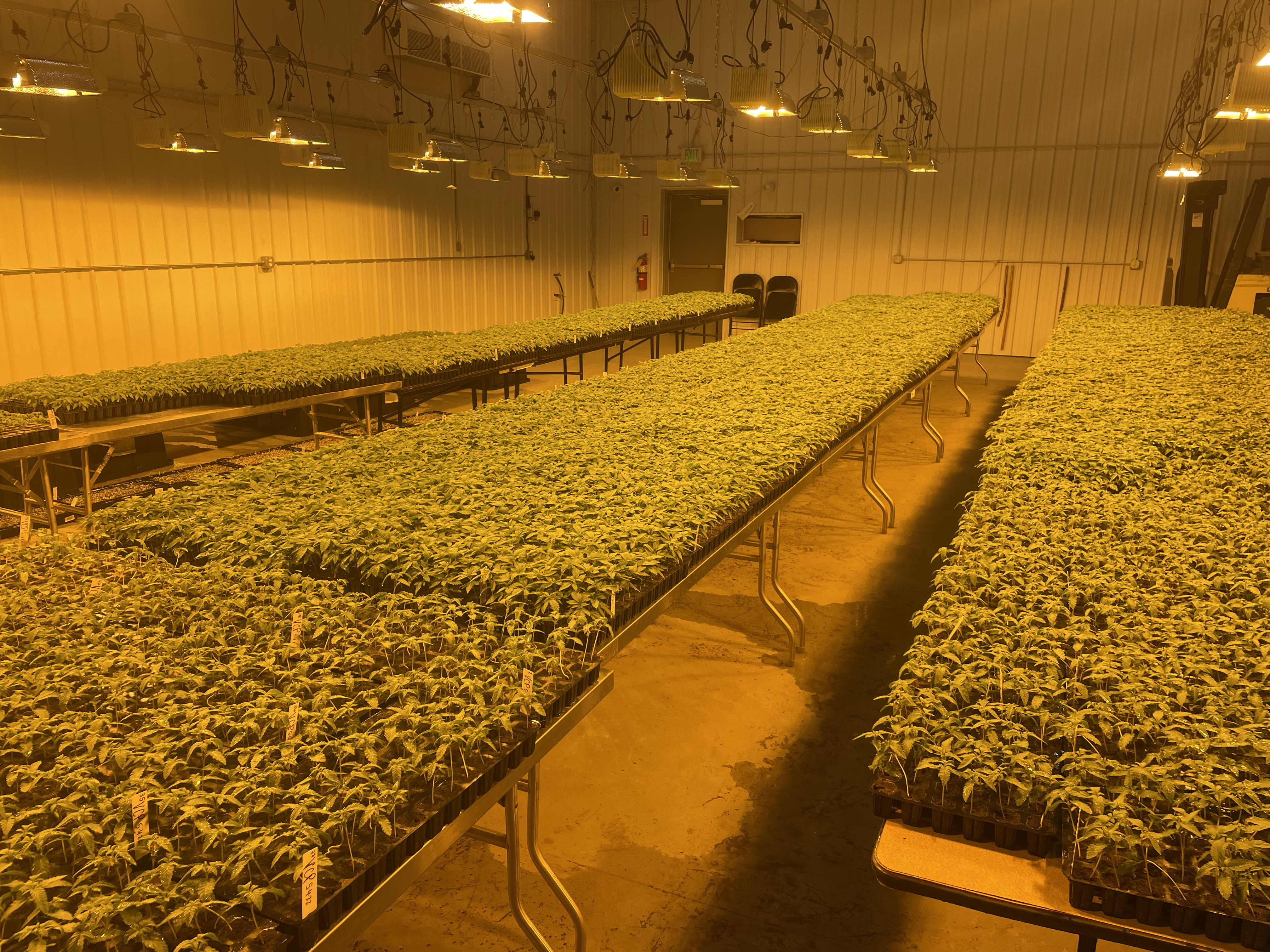Selecting the right cannabis cultivar(s) for outdoor cultivation in Michigan requires careful consideration of several factors, including climate, growing season length, & resistance to pests + mold.
1. Climate Adaptability
Michigan has a temperate climate with cold winters and humid summers. The outdoor growing season typically runs from late May to early October, meaning cultivars should mature before the first frost.
- Indica-Dominant or Hybrid Cultivars: These have shorter flowering times (7-9 weeks) and can finish before Michigan’s first frost in early October.
- Sativa-Dominant Strains: These often have longer flowering times (10-14 weeks) and may struggle to finish before cold weather unless autoflowering genetics are used.
2. Mold and Pest Resistance
Michigan’s humid summers increase the risk of mold, mildew, and pest infestations. Cultivars with strong resistance to powdery mildew, botrytis (bud rot), and other pests are crucial.
- Resilient Strains: Older strains such as Durban Poison, Blue Dream, Northern Lights, and White Widow are known for their mold resistance.
- Airy Bud Structure: Avoid overly dense buds that retain moisture and increase mold risk.
3. Autoflowering vs. Photoperiod Strains
- Autoflowering Strains: These flower based on age rather than light cycle, typically finishing in 8-12 weeks from seed. They are a great option for Michigan’s short season.
- Photoperiod Strains: Require a full season, but selecting early-finishing varieties (ready by late September to early October) is essential.
Recommended Outdoor Strains for Michigan
- Northern Lights (Indica-dominant, short flowering, mold-resistant)
- Durban Poison (Sativa, early finishing, mold-resistant)
- Gorilla Glue #4 (Hybrid, high yield, hardy)
- Blue Dream (Hybrid, adaptable, mold-resistant)
- Super Skunk (Indica-dominant, fast flowering, resilient)
- White Widow (Hybrid, mold-resistant, early flowering)
- Amnesia Haze Auto (Autoflowering, great for short seasons)
By choosing cultivars suited to Michigan’s growing conditions, one can maximize yield and quality while minimizing risks.
